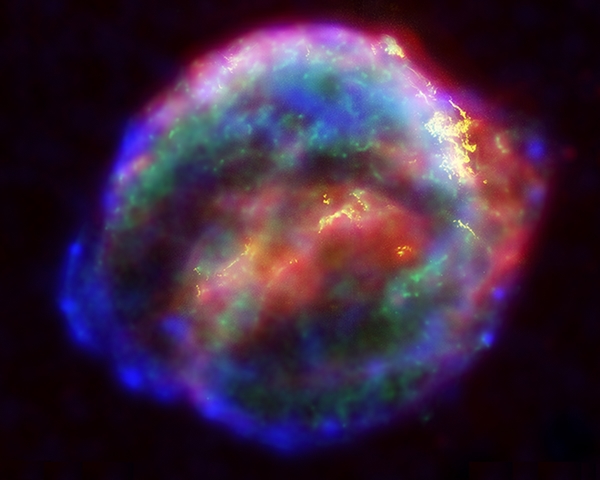A nearby supernova could bathe Earth in deadly gamma rays, wiping out life.
Fortunately, the odds of one occurring close enough are extremely low.
The last visible supernova was in 1604, far too distant to cause harm.
Still, a supernova within 30 light years could destroy the ozone layer and trigger mass extinction.
Supernovae occur about once every 100 years in the Milky Way.
The Sun's location on the galaxy's outskirts reduces the risk.
Such an event near Earth is expected only once every 100 million years.
Dr. Mark Reid, Harvard-Smithsonian Center for Astrophysics
